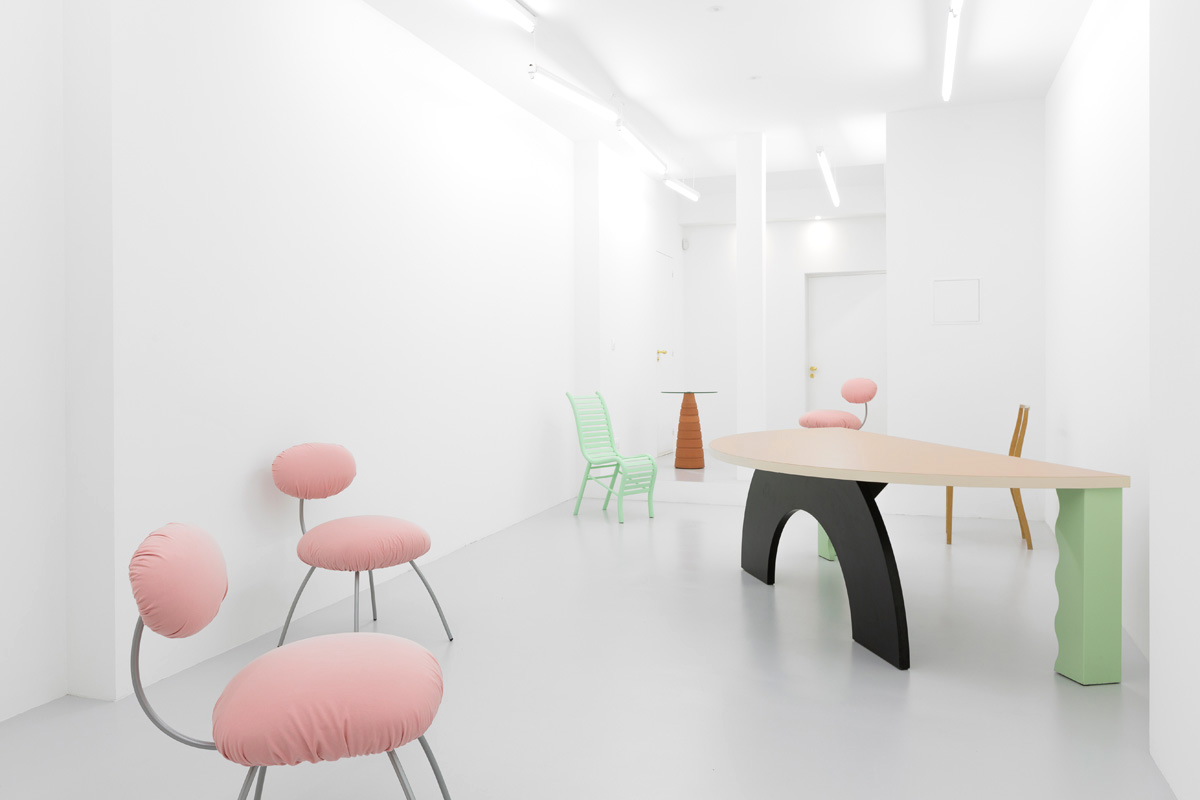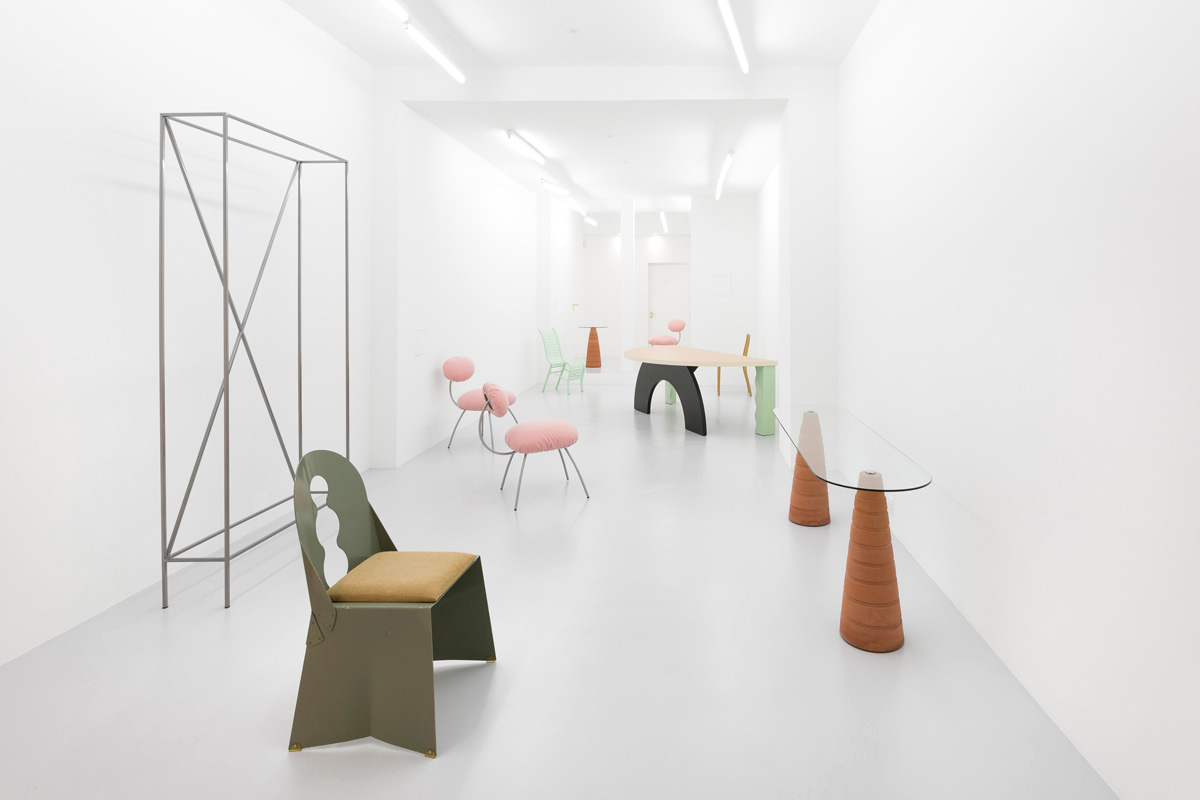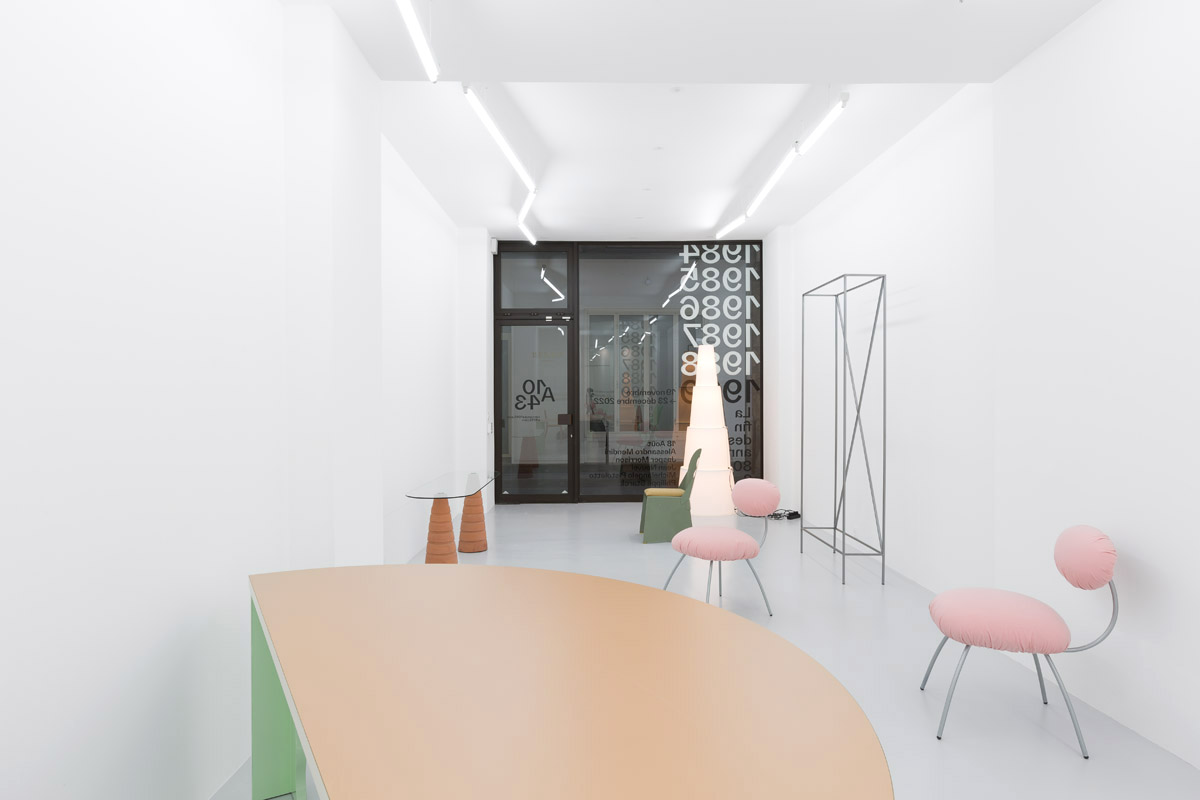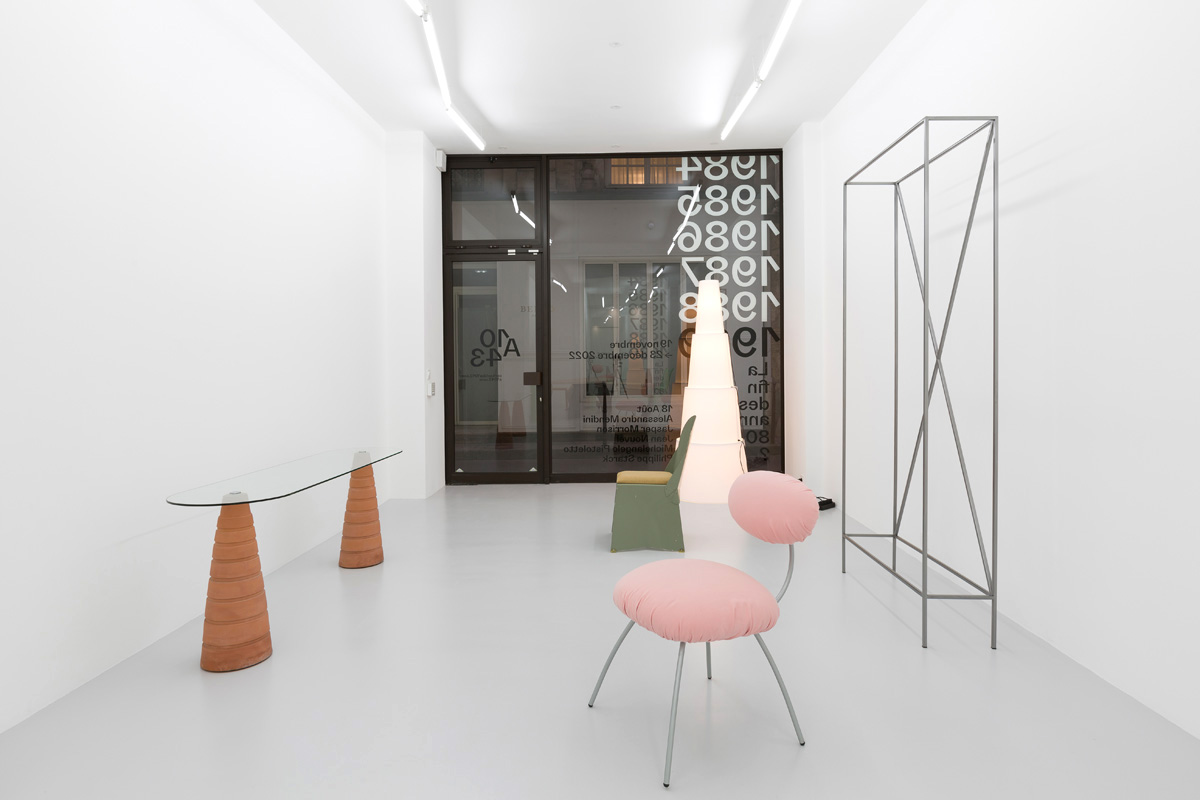








1989
The end of the 80s?
18 Août, Alessandro Mendini, Jasper Morrison, Jean Nouvel, Michelangelo Pistoletto, Philippe Starck
November 19th
︎︎︎ December 23rd, 2022
The 80s came to an end at midnight on 31st December 1989. The 80s, heralded with great fanfare by the Memphis Group, were over. In December 1989, Néotù Gallery presented the work of Jasper Morrison. The same designer was on the cover of the last issue of the year of Intramuros magazine. That same year, Memphis Editions launched the Meta Memphis collection, devoted to furniture by artists. The Memphis Group, on the other hand, had already disbanded two years earlier. It was clear from the press and trade shows that style trends of the 80s had run their course. Tired of the exuberance, tired of the profusion of
colour, times were getting darker and more serious. In art and architecture schools, people were saying "it's too 80s".
Now that the 80s have been rehabilitated and have taken their rightful place in museums and antique shops, we can finally look back on them with the distance required and, as we would do with an ill-tempered grandmother, with a certain love, attachment, a form of respect, and an apology.
1989 is an exhibition devoted to some of the objects that heralded the new decade. After all, 1989 no longer really belonged to the 80s, but to the years immediately following.
While the early 80s were eventful, colourful and lively, the late 80s heralded the lull of the decade to come. It is often said that decades respond to each other. Compared to the
exuberance of the 80s, the 90s were reasoned, poetic and ultimately more radical.
France celebrated the bicentenary of its revolution in 1989. In Italy, a Frenchman had the idea of commissioning Alessandro Mendini to design a line of furniture for the French cultural
institutes in Italy. This collection, the Légion Étrangère collection, is unusual in that, although the formal style is that of Mendini, it is stripped of bright colours. Here, soft colours such as pink, almond green, light khaki green and sky blue adorn the furniture. The seats are made of hessian. No leatherette, and no animal print.
Jasper Morrison, who had been trying to move away from the Memphis aesthetic since 1981, came up with the brilliant idea in 1989 of making furniture from a very common material: plywood. Merely varnished, it has the beauty of precision and simplicity.
In 1989, when Jean Nouvel was invited to design a hotel overlooking the Garonne Valley, the Hôtel Saint-James, he created a line of furniture whose round, generous, pleated shapes, set on very slender legs, evoke an almost childlike, informal style of furniture that is comfortable and in tune with the bodies that sit on it. A far cry from the angular designs of
the mid-1980s.
In 1989, Michelangelo Pistoletto, who is not a designer but a visual artist, was asked to design a piece of furniture for the Meta Memphis collection, and his response was a sculpture in the general shape of a tall piece of furniture. While the shape evokes something familiar, its use has disappeared. There are no colours, just the familiar square steel material, a transparency that nonetheless conceals the opulence of a piece of furniture for which the user is free to invent its use.
Always ahead of his time, Philippe Starck designed a collection of totally unconventional chairs in 1989. These chairs, made of wood, sometimes straw-covered, and inspired by the conventions of mainstream chairs, are a clever but subtle re-invention of form.
In 1989, three very young designers, Fabrice Berrux, Bruno Moretti and Pascal Oriol, who had taken the name 18 août two years earlier, designed the Ziggourat light. Ziggourat is a
stack of commercially available lampshades. There is no manufacturing here, just an intelligent use of found objects. This attention to existing objects is nothing more than an
awareness of the environment and economy of production. The pomp and circumstance of the 80s is well and truly over. So, let's make the best of what we have. The 90s are already
here...
